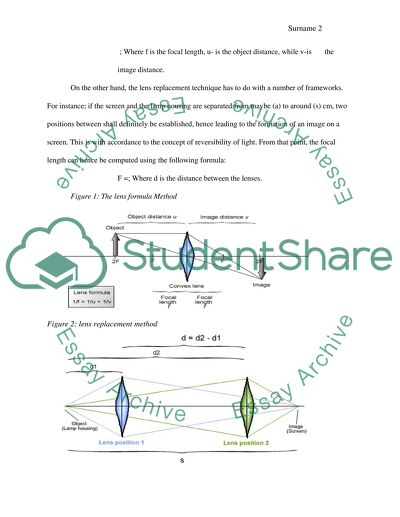Lab report about lenses Example | Topics and Well Written Essays - 1000 words. Retrieved from https://studentshare.org/physics/1686674-lab-report-about-lenses
Lab Report about Lenses Example | Topics and Well Written Essays - 1000 Words. https://studentshare.org/physics/1686674-lab-report-about-lenses.


